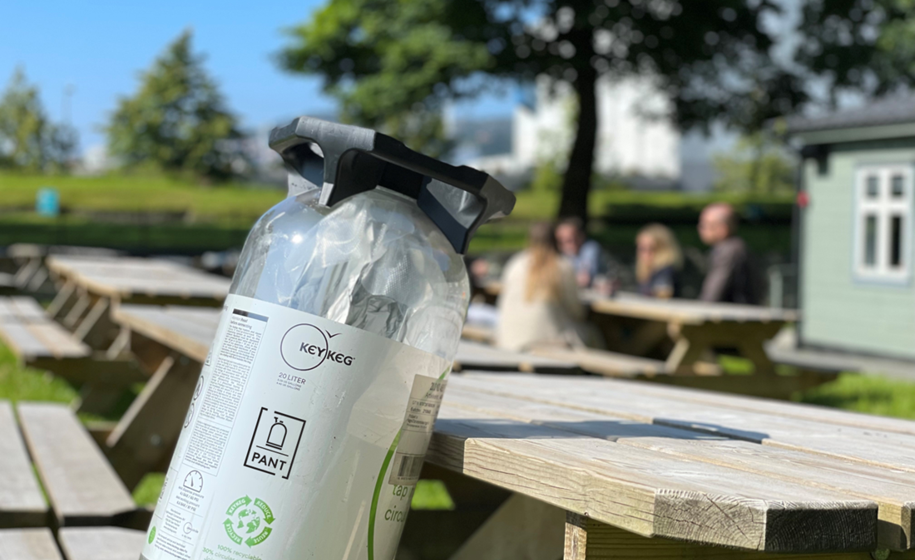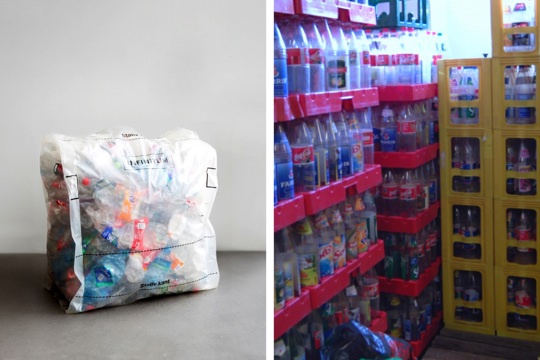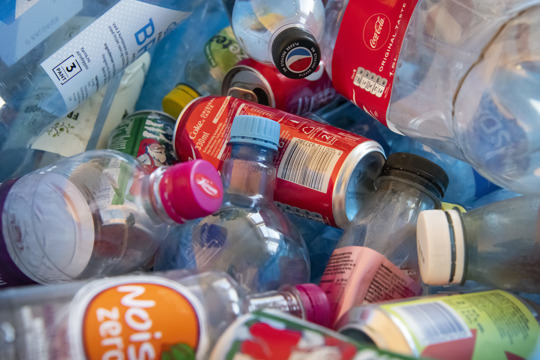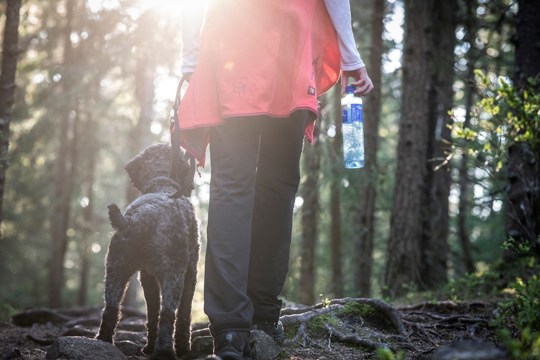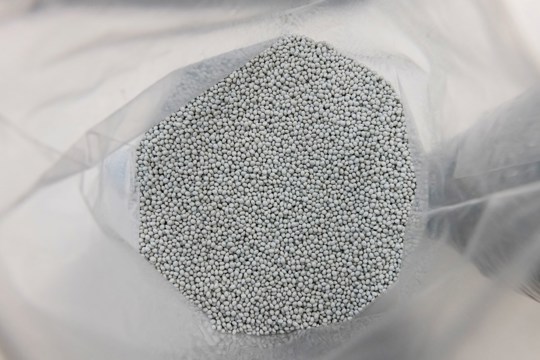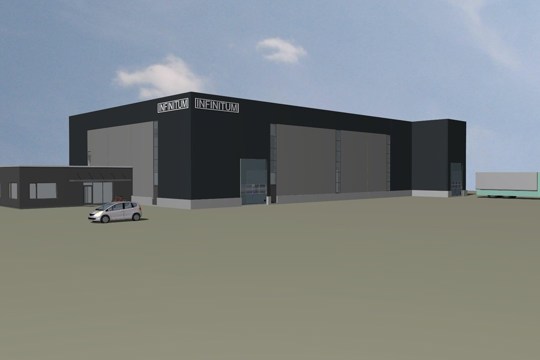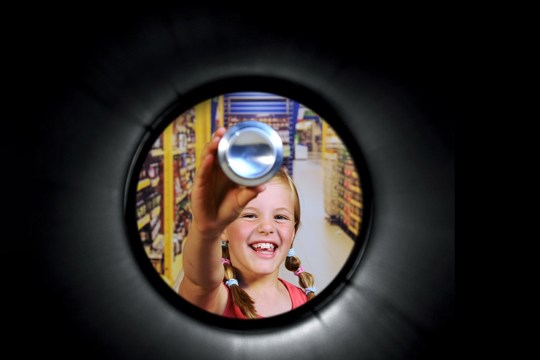“The reason we have launched this arrangement is to utilise and further expand our already effective deposit-return scheme to enable the efficient collection and documented recycling of all beer kegs sold in Norway,” says Infinitum’s CEO Kjell Olav Maldum.
Infinitum and the brewers at Hansa Borg Bryggerier started working on a solution to recycle plastic beer kegs early in 2020.
“Together with Infinitum and our KeyKeg producer OneCircle, we have looked at alternative ways of collecting KeyKegs and opportunities to use the raw material in new kegs. This partnership has borne fruit, and we are delighted that a deposit-return solution will get underway in September,” says Hansa Borg Bryggerier’s head of communications and sustainability Stina Kildedal-Johannessen
Each KeyKeg is made of an internal bladder inside a plastic outer shell. They are used by both large and small breweries for a variety of beverages.
“For Infinitum, it is exciting to work with beverage producers who have seen the value of ensuring efficient collection and recycling, and who challenge us to further develop our deposit-return scheme,” says Maldum.
How the new scheme works
A deposit will be set for each type of keg (10, 20 and 30 litres). The deposit is paid when the kegs are bought and is billed by the producer along with the product.
Bars and restaurants that want to take part in the scheme and that are already members of Infinitum through the ordinary deposit-return scheme for bottles and cans do not need to register again. Non-members must join Infinitum first (free of charge). Empty kegs are then collected in separate sacks. When a sack is full, the bar or restaurant books a collection. The sacks are then picked up within five days (also free of charge).
Bars and restaurants that fill up more than five sacks a week can arrange a regular collection time/schedule with Infinitum. On collection, each sack’s unique barcode will be scanned and an email sent to the pick-up point as a receipt. The email will contain the name of the pick-up point, the time of collection and which barcodes have been collected.

